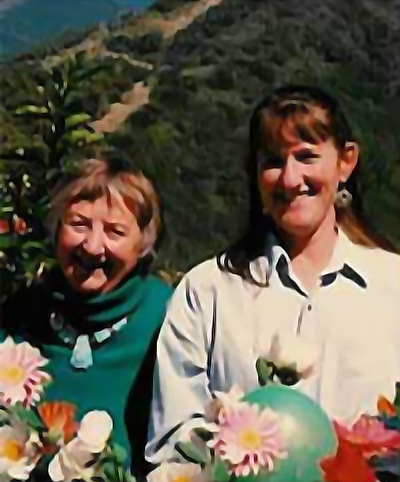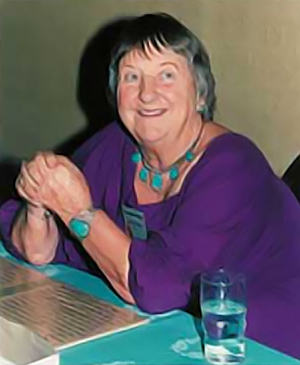History of our company
On July 1, 1933, Elizabeth Ruth Ransom, “Betty”, opened the Ransom Seed Laboratory on Terminal Street in Los Angeles, California. The lab offered seed testing services to the expanding southwestern seed trade. Germain Seed Company and Aggeler & Musser Seed Company offered support for such a venture, and soon Bodger Seed Company added the multiple challenges of flower-seed testing. “Our reception into the California and Arizona seed industry was most gratifying and we were soon off to a flying start with more than two hundred customers in the first year.”
Betty Ransom was born in 1907 in Clarkston, Washington. She began her Botany studies in 1924 at Washington State Agriculture College in Pullman, Washington. She worked in the college seed laboratory during her course of study there. “As an undergraduate I discovered field trips in my taxonomy class with Dr. Harold St. John. We went on many plant exploring expeditions up the Snake River, the Salmon River, the GrandRonde Valley and inspiring little journeys around eastern Washington. The plants I collected and studied were the subject of my undergraduate honors thesis on the plants of the Snake River and Hell’s canyon.”
In 1928 Betty accepted a job in Kansas City, Missouri, testing seed for Rudy Patrick Seed Company. In 1932 she received her M.S. degree from Kansas State College, studying seed physiology under Professor Wilmer Davis. Soon after, she began doctoral studies at U.C. Berkeley in plant ecology under the direction of Professor W.L. Jepson.
“After a year, the depression of the thirties and a lack of funds for graduate students descended up us. I had fallen in love with California so I took my twenty dollars capital, boarded a Greyhound bus and headed south. The new ‘Ransom Seed Laboratory’, an independent, self-owned laboratory, was established near two major seed companies in Los Angeles, California.”
The lab remained in Los Angeles until 1957. During these years, Betty married, had four children, and moved the lab next door to her home, facilitating her double duties as professional and mother. Now as Betty Ransom Atwater, Betty continued to operate the lab; testing field, vegetable and flower seeds, and finding the great variety of species produced in Southern California a continual challenge and outlet for her creative mind. From 1944 to 1949 Betty maintained a branch laboratory in Phoenix,Arizona.
In 1957, an opportunity arose to move the seed laboratory to beautiful Santa Barbara, and the Ransom Seed Laboratory relocated to the north. “After many trips exploring the flower fields of Lompoc and acres of beauty in our area, I began to see and understand the similarities in the behavior of the seeds of these cultivated beauties and their native relatives that I had studied in Pullman, Kansas, and Berkeley. This gave me a clearer concept of the germination and dormancy patterns in the seeds of cultivated crops.” Soon the lab began to test native and exotic species as well.
Betty’s children grew up earning pocket money doing chores in the lab, and in the 60’s Betty’s youngest daughter, Aleta Atwater Meyr (photo right with Betty), began to work full time in the laboratory. In 1971, Aleta received her certification as an RST, and became a member of the SCST. At the 50-year anniversary of the laboratory, Aleta took over the ownership of the laboratory, moving the Ransom Seed Lab to its present location in Carpinteria, California.
Betty Ransom Atwater helped lead the evolution of the seed testing field for eight decades of the 20th century -- studying, sharing, testing and talking about the exciting profession of testing seeds. Betty was described by a former employee, Helen Knupp, as having a zest for living, vigor, optimism and openness to others.
Quotations here are modified from this source, in which Betty described her life and professional activities: Girvan, Lois Brier. 1987. Little Known Women. Ideas Unlimited, Santa Barbara.




